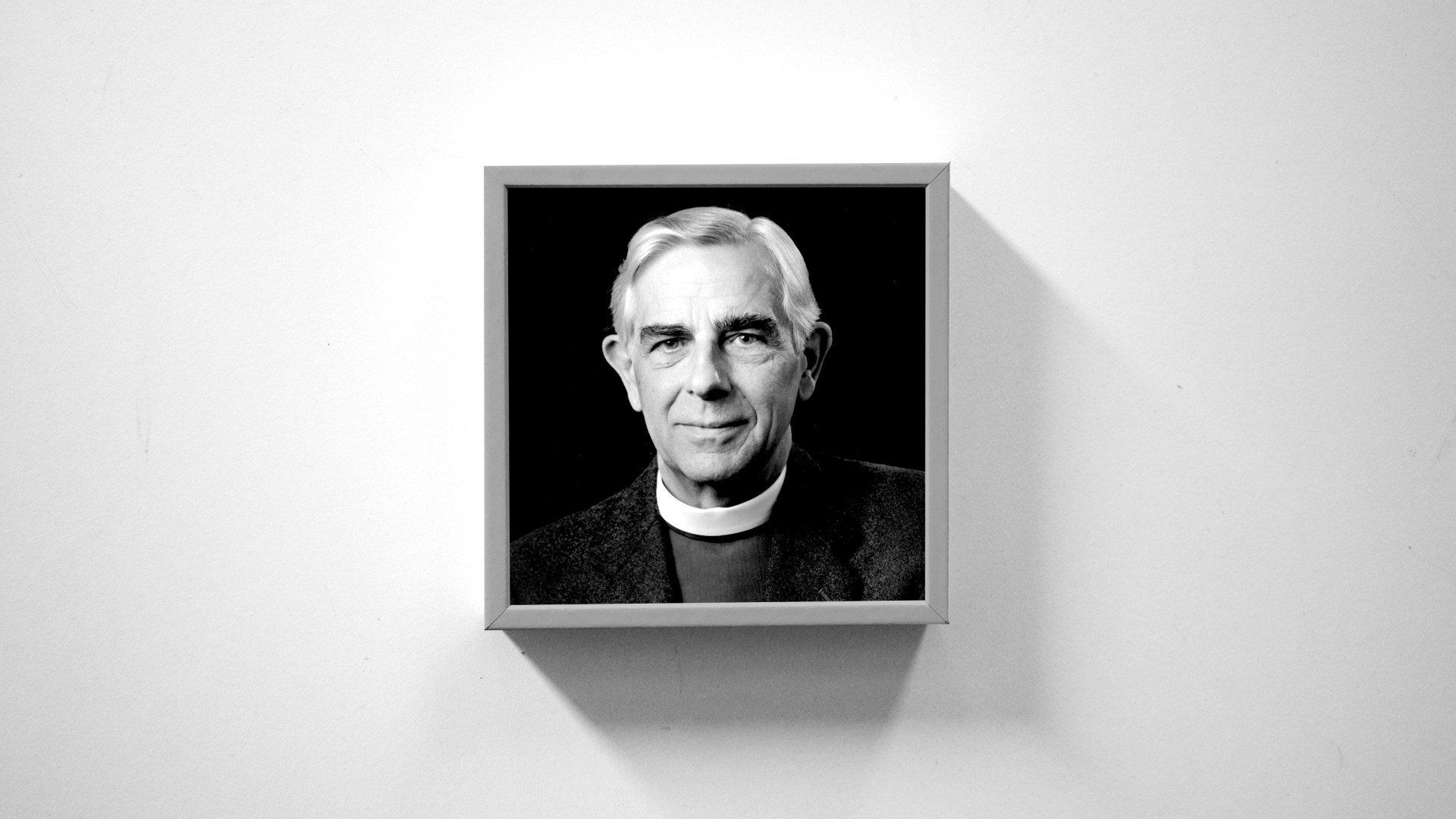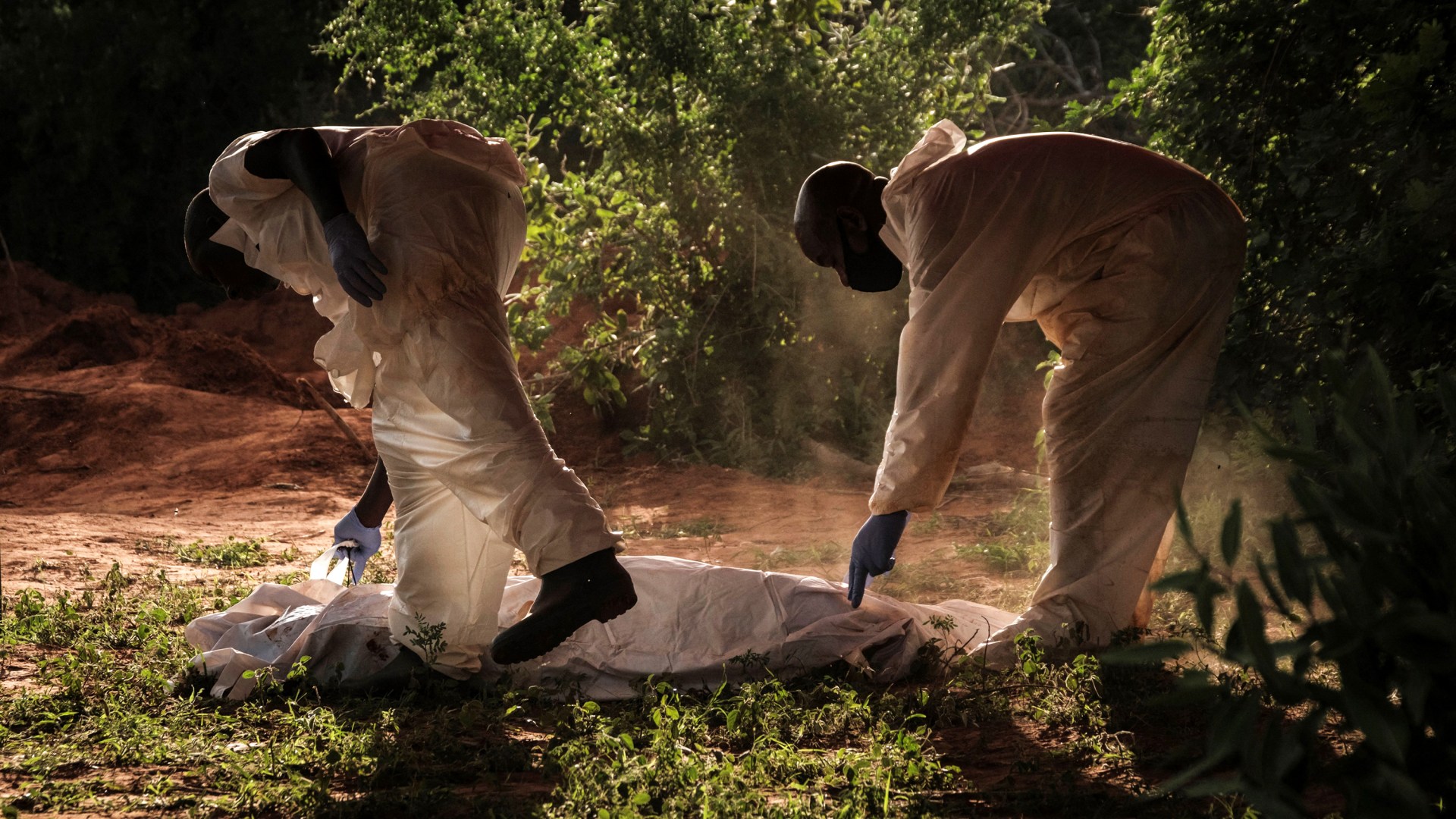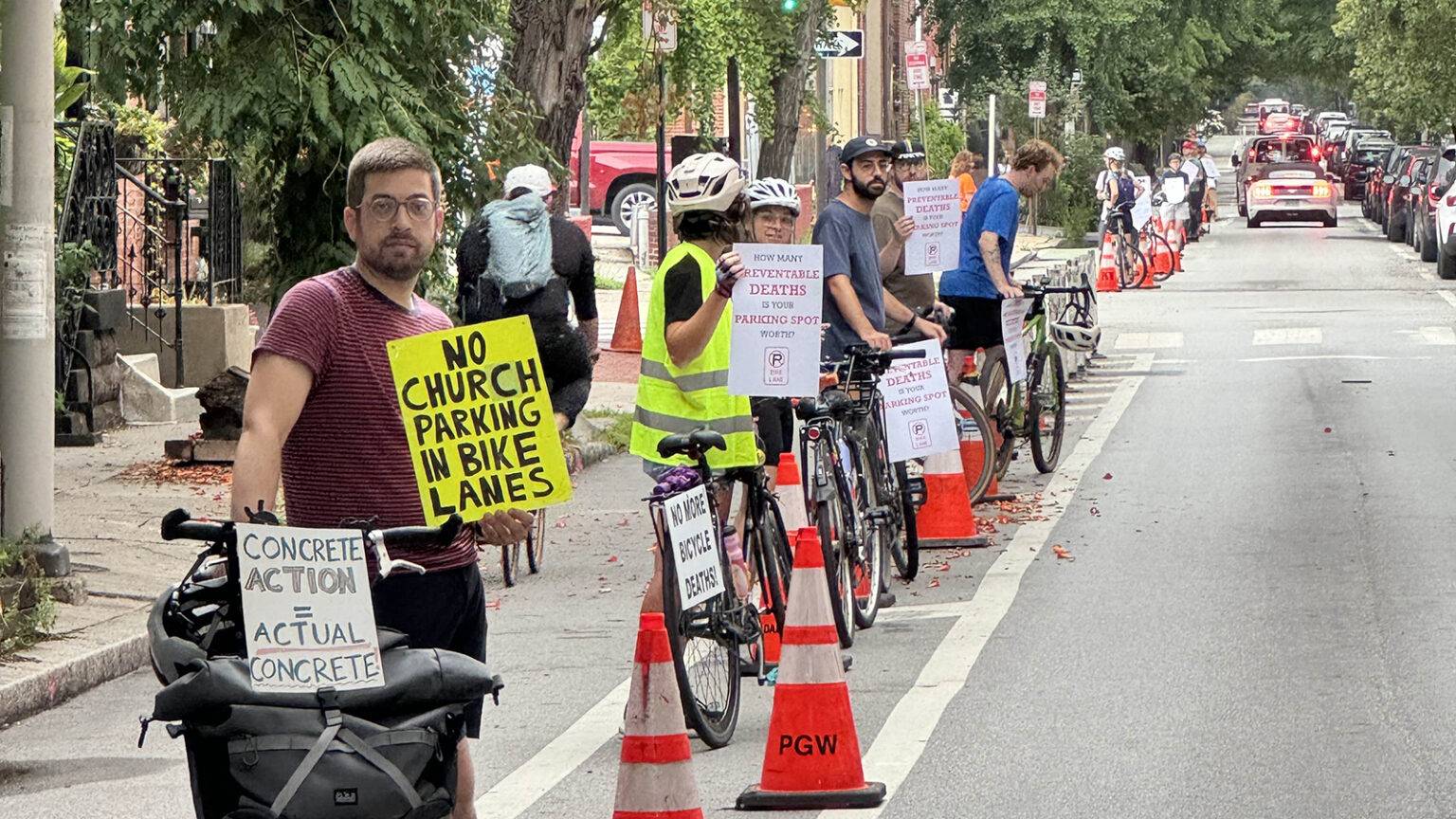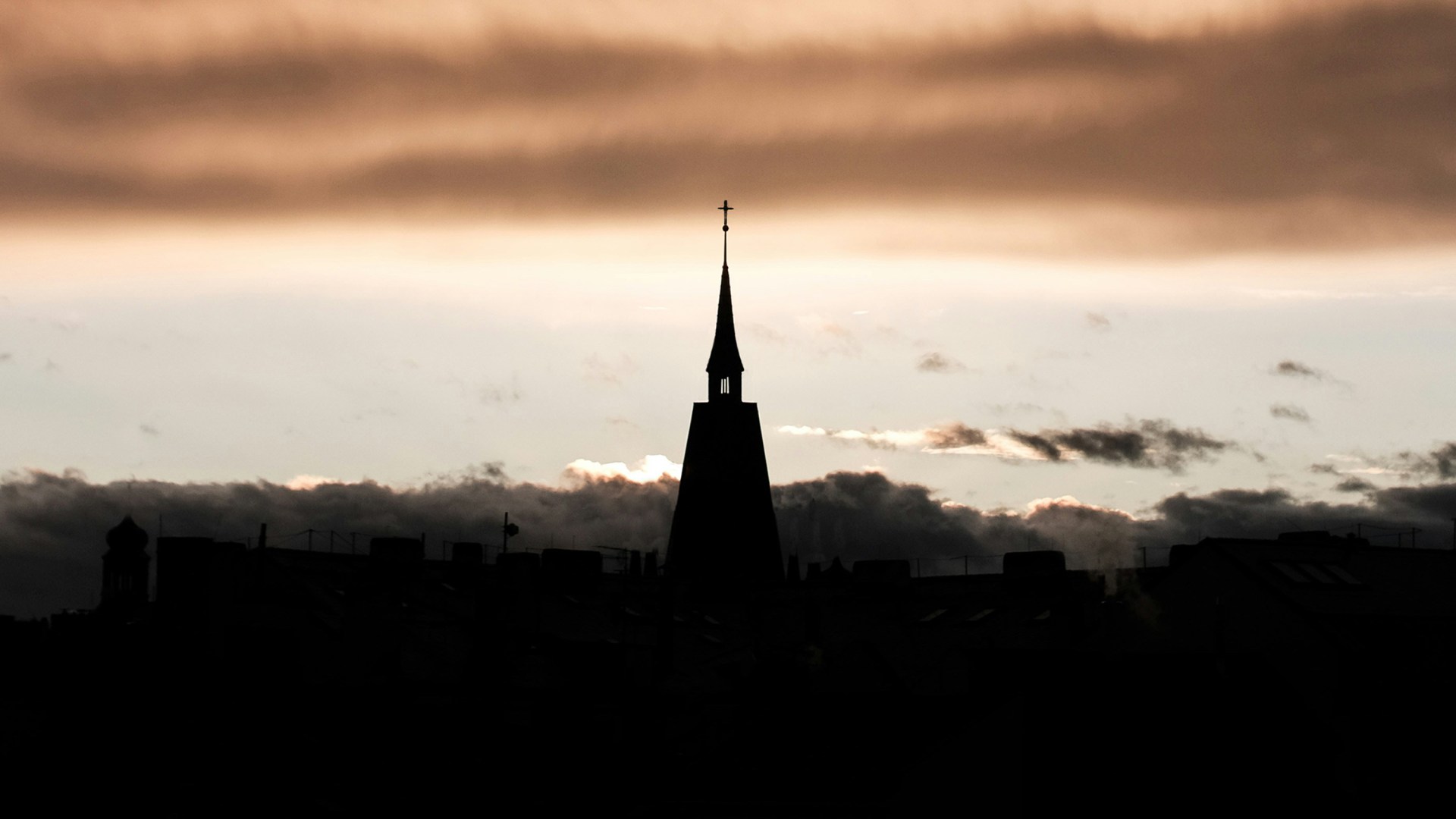If Moses took out his phone to take a video of the burning bush instead of lending his full attention, would he have missed the words of the Lord? If Mary had been scrolling on her phone on a break from her daily responsibilities, would she have been too distracted to notice the arrival of an angel?
Moses and Mary were witnesses to the eternal breaking into the temporal, the miraculous interrupting the mundane. They were fully present in time.
Can we say the same? We worry time is scarce and crave an escape from the inputs that “waste” it: TV and news, text and emails. Paradoxically, we turn to the same technology to speed time up when we feel bored or want distraction. Videos and pictures captured on a phone pull us away from a full experience of the moment.
Trying to hoard or waste time only makes the days go faster and faster. Like an hourglass with a hole in the bottom, time leaks out so steadily that we are surprised when we notice that the bulb is nearly empty. How do we patch the hourglass and start to recover, one by one, the grains of time?
For the six years I lived in Washington, DC, time was a constant tension. I wanted it to speed up, wanted it to slow down. I obsessively counted minutes when I was in transit on foot, bike, or metro. If I found myself frozen—waiting in line at the grocery store or on the public bus—I would immediately pull out my phone and scroll and scroll and scroll, attempting to escape time, wishing there were fewer minutes. I would have walked right past the burning bush or looked back down at my phone at the disruption of an angel.
My conflict with time led me to experiment. I fervently tried Sabbath practices, solitude retreats, long walks without my phone, the Book of Common Prayer, and social media fasts. It was never enough. These practices often felt like just another demand to squeeze out more minutes from an over-full schedule. They were mostly solitary. Life was a one-woman wrestling match with a culture that always wanted to consume more time , more of me, whether it was pressure to work, watch Netflix, scroll social media, or read the news. I struggled to not fall behind, to keep pace, while also leaving time for friends, family, church, and rest—all of which also began to feel like obligations.
I’d read enough to know that a disordered relationship with time wasn’t a personal problem but a cultural one, and especially anxiety-inducing for young people. But I hadn’t thought much about how a faith community could help. Turns out, transforming time by myself wasn’t sustainable, or even possible. It required the church.
The Anglican church I attended in DC had started a new program called the Christian Formation Cohort. When I first read the commitment form, I immediately thought, No way. The requirements appeared impossibly demanding for a city like DC. But I couldn’t silence the nagging feeling that I needed to participate.
The six-week program included a long list of spiritual practices designed for “detachment” and “attachment,” gradually incorporated. The detachment practices included no social media, no visual streaming alone (three hours a week with other people was permitted), no audio streaming other than the Bible and Christ-centered music, and no reading except for Scripture and material that fit Philippians 4:8.
The attachment practices included attendance at a weekly group session, 30 minutes of prayer a day in a posture of surrender, daily Bible immersion, weekly volunteer service, weekly fasting, weekly hospitality and “spiritual friendship,” weekly Sabbath, one 10-hour retreat, and attendance at one meal a month for four months after the completion of the six-week program.
I was immediately struck by how much these practices had to do with time. The practices of detachment encouraged less time (or no time) spent on absent-minded distraction. The practices of attachment encouraged more time spent communing with other people, God’s Word, and the Father, Son, and Holy Spirit.
The anxious question for many of us that first week was simple: What am I going to do when I get home after a long day at work? Stare at the wall? We were asked to prepare by making lists of alternative activities and of people or situations we would pray for during our allocated minutes.
In The Congregation in a Secular Age, Andrew Root makes the case that our modern experience of time is a type of famine—an unsatiated desire for not just more hours in the day, but for a fuller and more meaningful experience of each passing moment. Silicon Valley asks us to innovate, accelerate, and maximize, making it possible to endlessly multitask, to do more and more quickly. Ironically, devices that purport to save us time make us feel like we never have enough. We can’t slow down long enough to hear ourselves think, let alone hear the whispers of the Holy Spirit.
This freneticism makes it especially difficult for the church to guide congregations into sacred time. Instead, “time is emptied for the sake of speed”; the church’s purpose becomes change, compulsive growth, rather than “transformation in the Spirit.” We need the church to go against the cultural tide of acceleration and to be a place where we learn to inhabit the holy, mysterious, and eternal.
As I settled into the program, time altered. The metro ride grew longer, evenings at home felt more spacious, and 30 minutes of prayer every morning became a comfort rather than a task. A few of the detachment practices came easily to me. But attachment practices like Scripture memorization, volunteer service, and fasting felt overwhelmingly difficult to fit into my full schedule. Some weeks, I completely failed to incorporate them, and hunger from skipped meals heightened my nerves.
The practice that surprised me most was listening to the Bible on audio. I listened while I made dinner; I listened while I washed the dishes. Gradually, the sounds in my mind changed. Instead of chaos and noise, I experienced life-giving quiet and peace.
The cumulative effect of consuming less, only “whatever is true, whatever is noble, whatever is right, whatever is pure, whatever is lovely, whatever is admirable,” was liberating. Instead of cramming in more content on my metro rides or during my evenings home, I was given a moment to be still with my thoughts, and when prompted, to pray—a provocation I might have missed if I was tapping on my phone or watching Netflix.
But it was the community that made the real difference. On the days we met as a group, time lost its structure entirely as we became absorbed in each other’s stories. We empathized with just how difficult these practices were to incorporate and encouraged each other in our shared earnestness to inhabit time in a new way.
Sharing our experiences with other people—with free-flowing tears, laughter, and words of wisdom—create moments that Root describes as “resonance,” the solution for our time famine. Resonance, according to Root, is time gathered-up, filled with meaning and purpose. To create resonance, we have to get outside of ourselves and off of our phones. In an encounter with God or another person, in a moment of extension, we leave ourselves open, vulnerable to receive a divinely appointed moment of grace. Resonance fills the hourglass, replenishing us rather than leaving us depleted.
When I spoke with one of the pastors who co-led my group, he said that what made the cohort effective was its simplicity—a return to “the basics” of the Christian faith. Rhythms of detachment and attachment, focused on commitment rather than outcomes, feels novel in an era where we’re told to optimize our time. Fasting and prayer aren’t “productive” in a way we can immediately see.
But in reality, meeting together and reading Scripture and sitting in silence are simple and historic practices, fresh in every age across all of time. In DC, ranked the loneliest city in America, my pastor said we also ought to think of community as a spiritual discipline. We can’t reclaim sacred time as solitary individuals—especially not with technology that’s so powerful and addictive. It’s a task that is too difficult to do alone.
The countercultural cohort was transformational for my relationship with time—time as plentiful rather than scarce; time as opportunity rather than burden; time as something to inhabit with others rather than spend on ourselves. As Psalm 90 reminds us, we must be taught to number our days and be fully attentive to how we spend our time in light of eternity; for “a thousand years in [God’s] sight are like a day that has just gone by” (v. 4).
In the months since the cohort finished, rather than trying to go against the grain of our culture alone, I’ve cofacilitated silent weekend retreats and participated in weekly dinners. I’ve committed to daily morning prayer and Scripture reading, this time with a friend. Time spent together in praise and petition seems to multiply and slow down. Time fills up but doesn’t overwhelm; time is resonant. The burning bush flickers, and the Lord speaks.
A church known for its ability to transport people into transcendent, sacred time is a true respite from an insatiable culture of consumption and acceleration. It’s a compelling place to abide—past, present, and future.
Aryana Petrosky is a graduate student at The University of Edinburgh where she studies the intersection of ecumenical monasticism, spiritual disciplines, and faith in the public square. She helped launch The After Party: Toward Better Christian Politics and formerly worked for the American Enterprise Institute's Initiative on Faith & Public Life.




































